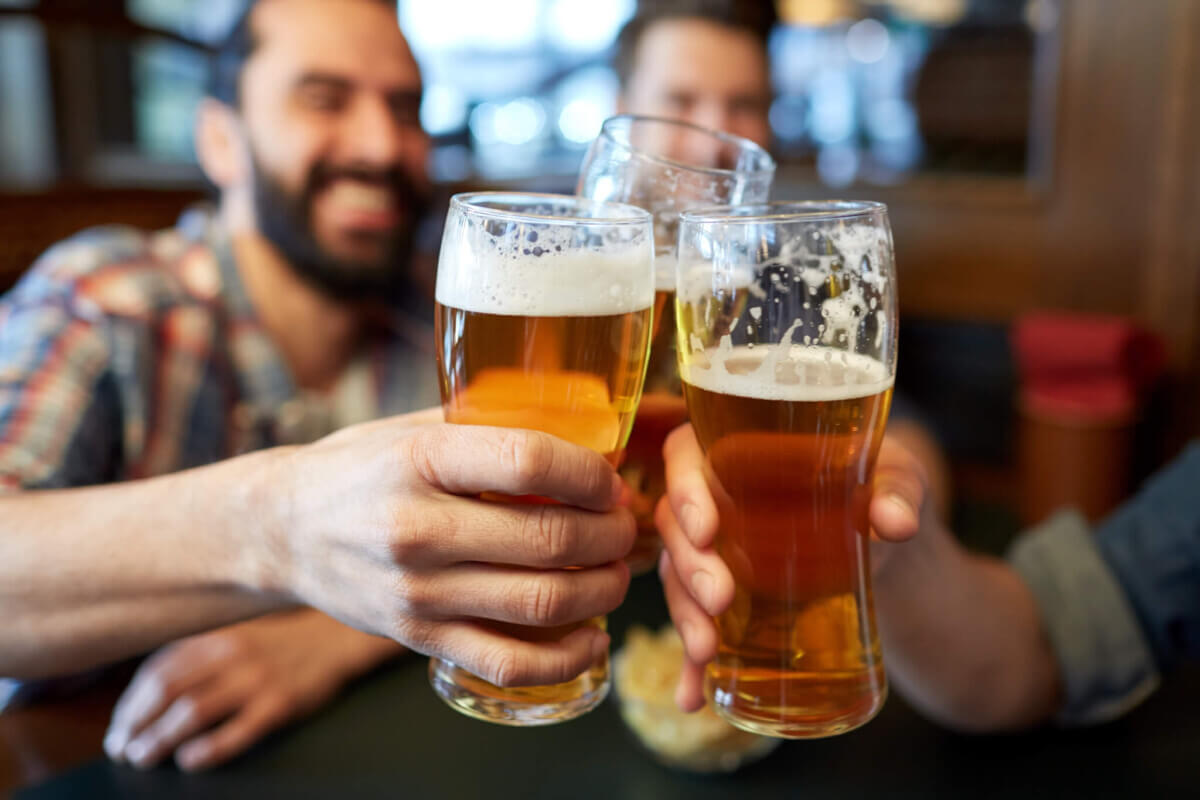
(© Syda Productions - stock.adobe.com)
MOUNTAIN VIEW, Calif. — How much alcohol is too much when performing dangerous tasks like driving a car? Although countries including the United States find adults can safely function with blood alcohol concentrations (BACs) of 0.08 percent, a new study argues this isn’t entirely true. Researchers from NASA say skills crucial to hand-eye coordination actually start to decline after drinking just half a beer.
The team at NASA’s Ames Research Center finds hand-eye coordination is significantly more sensitive to alcohol exposure. For some volunteers in the study, their coordination fell off by more than 20 percent with a BAC of just 0.015 percent — well below the legal limit.
Specifically, researchers find a person’s ability to process visual motion is quickly compromised by alcohol. This ability is key for hand-eye coordination while performing high-skill activities like driving, piloting, or using heavy machinery. Study authors say for a person weighing around 165 pounds, drinking less than half of one beer is enough to impair visual motion skills.
“Our findings provide a cautionary tale that the subjective experience of drunkenness is often not aligned with objective impairment of sensorimotor coordination. In other words, most people feel they are unimpaired after one drink, yet they are to a significant degree,” study first author Terence Tyson says in a media release.
How our eyes can signal alcohol impairments
The NASA team says their study makes use of non-invasive methods to detect slight or mild alcohol impairment. Using a set of eye measurements, researchers gauged each volunteer’s eye movements, pupil responses, and BAC. This was done several times a day as each person performed a specific task before and after drinking alcohol.
At random intervals, participants consumed a mixed drink containing an unknown amount of alcohol. The group either had enough to register a 0.06 percent BAC or just 0.02. Each person’s task involved staring at a set of stationary points on a computer screen. They then followed a moving dot with their eyes as it traveled in random directions.
From the results, scientists gathered 21 different eye measurements which all help to assess neural processing in the brain. For this experiment, researchers only focused on men and women in their 20’s who have around two drinks each week; meaning the results may not reveal differences in older drinkers or heavy drinkers.
The NASA team says future studies will look at how these measurements may be impacted by other factors besides alcohol. They suggest that neurological conditions and exposure to toxins may also cause the same types of visual impairment as drinking.
The study appears in The Journal of Physiology.









